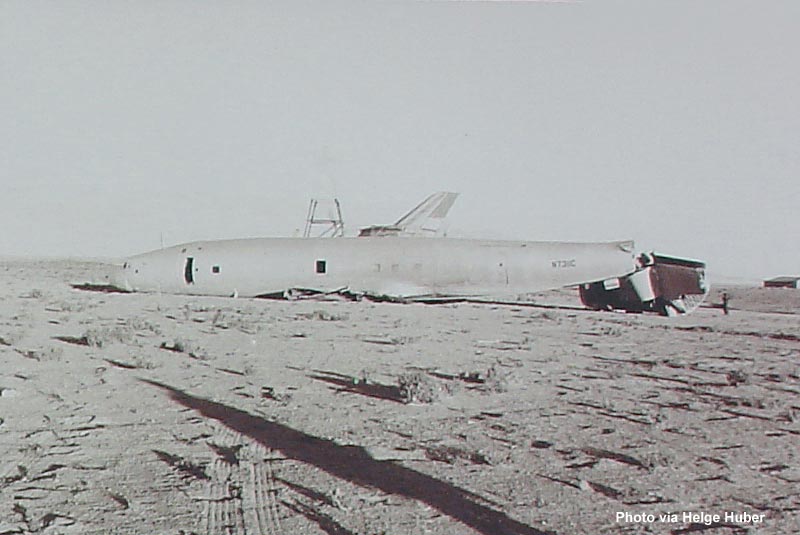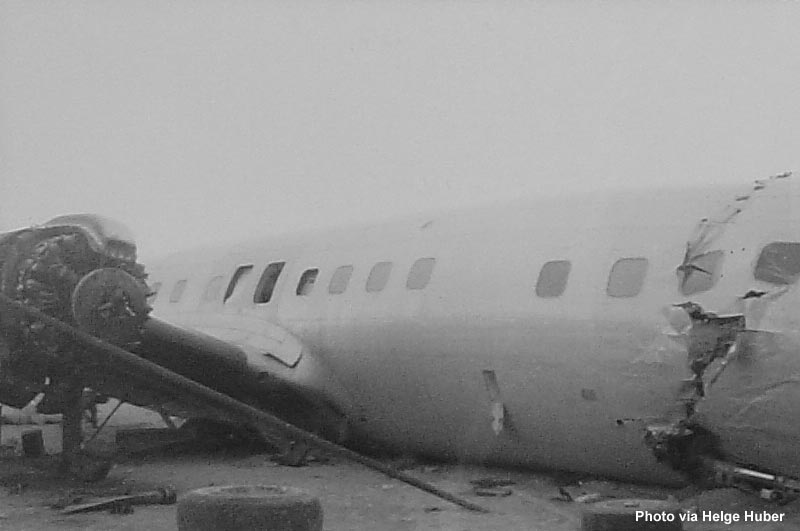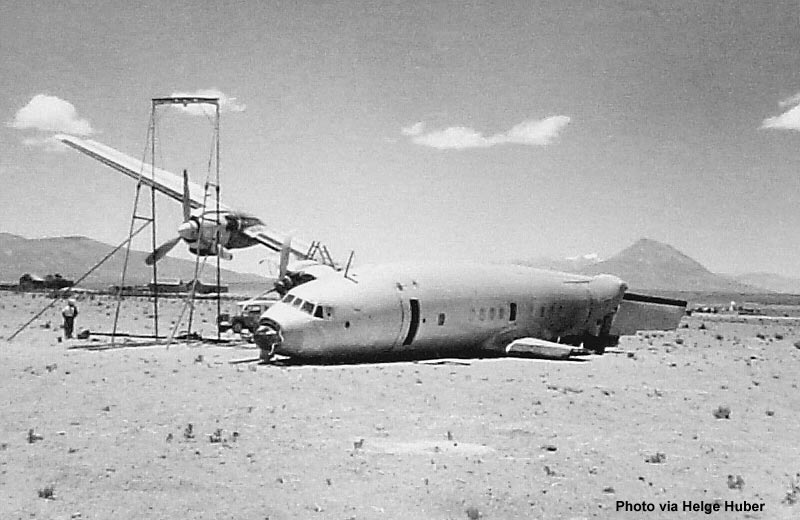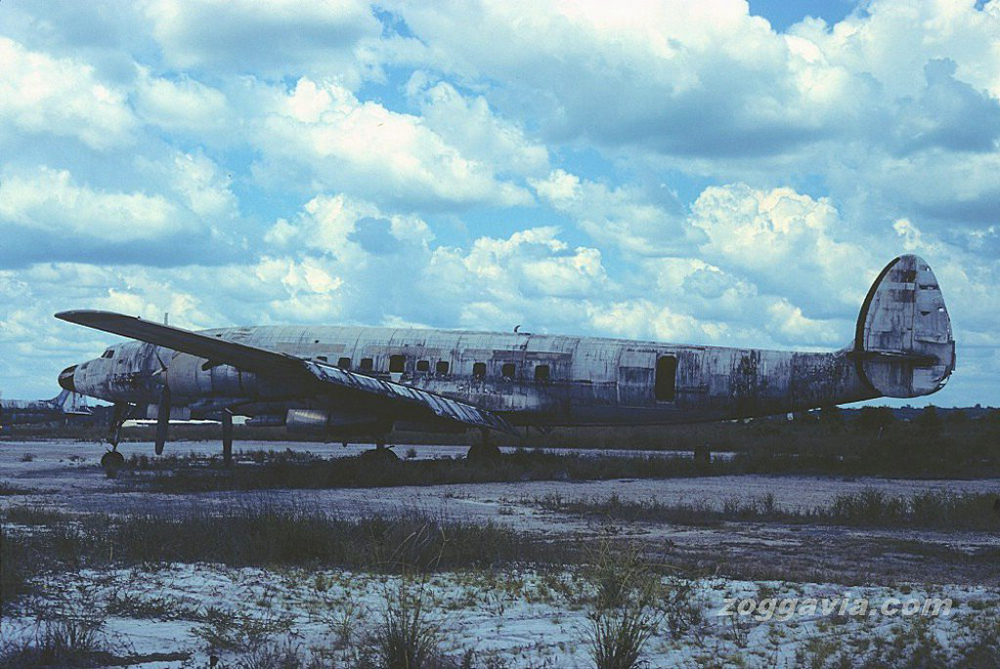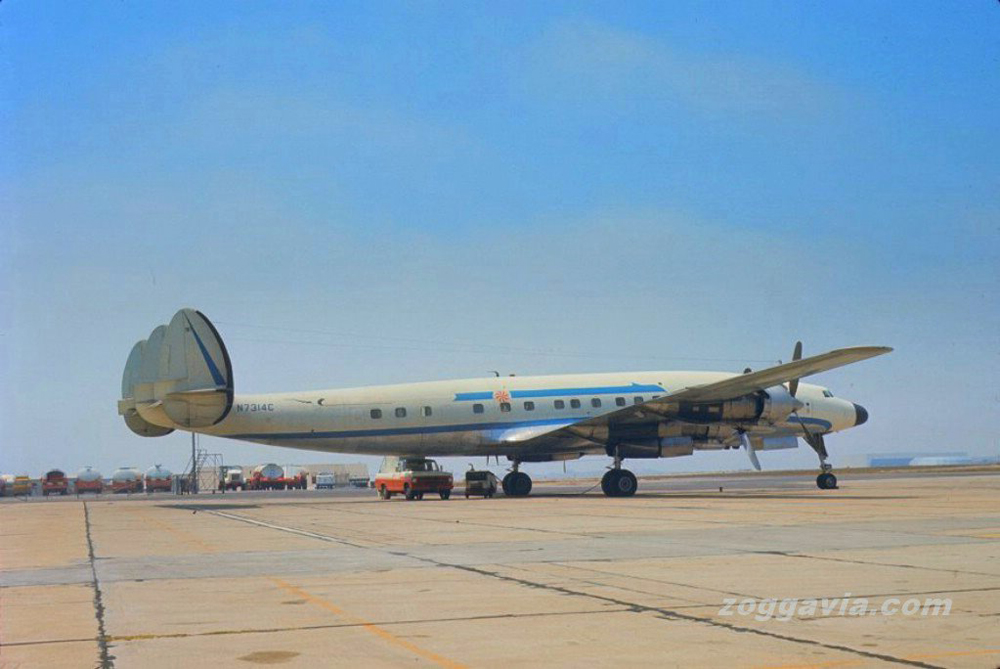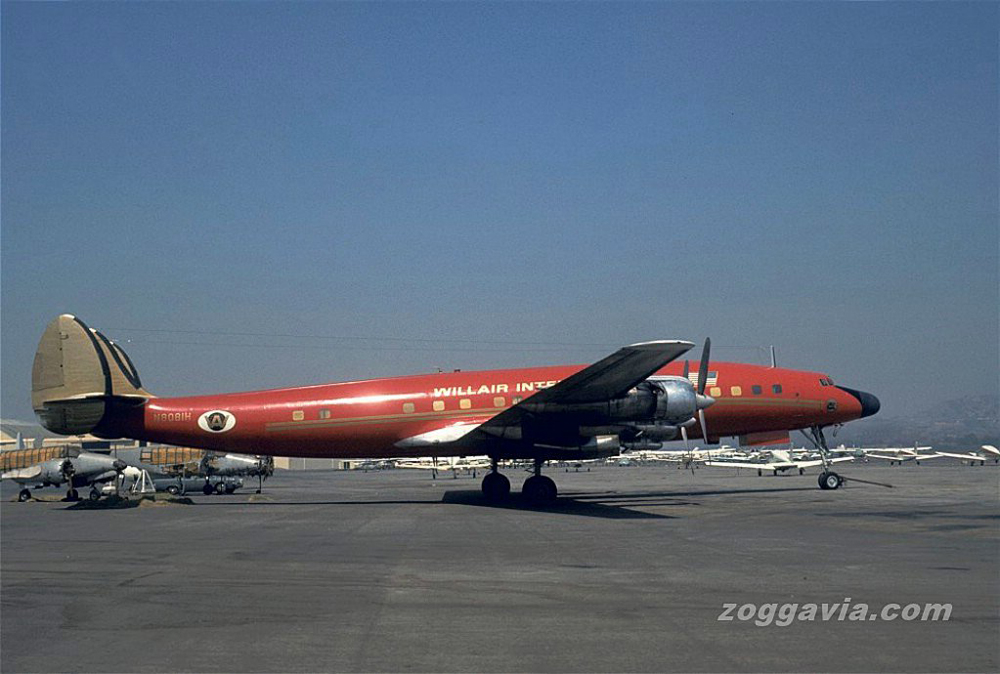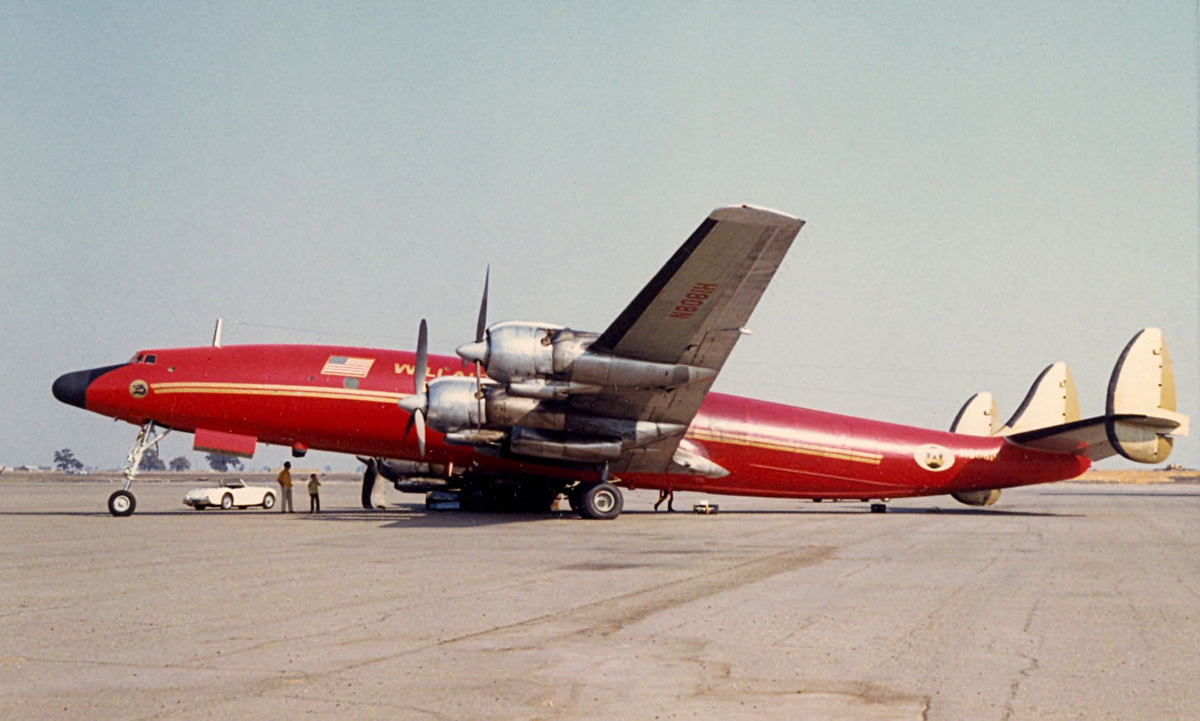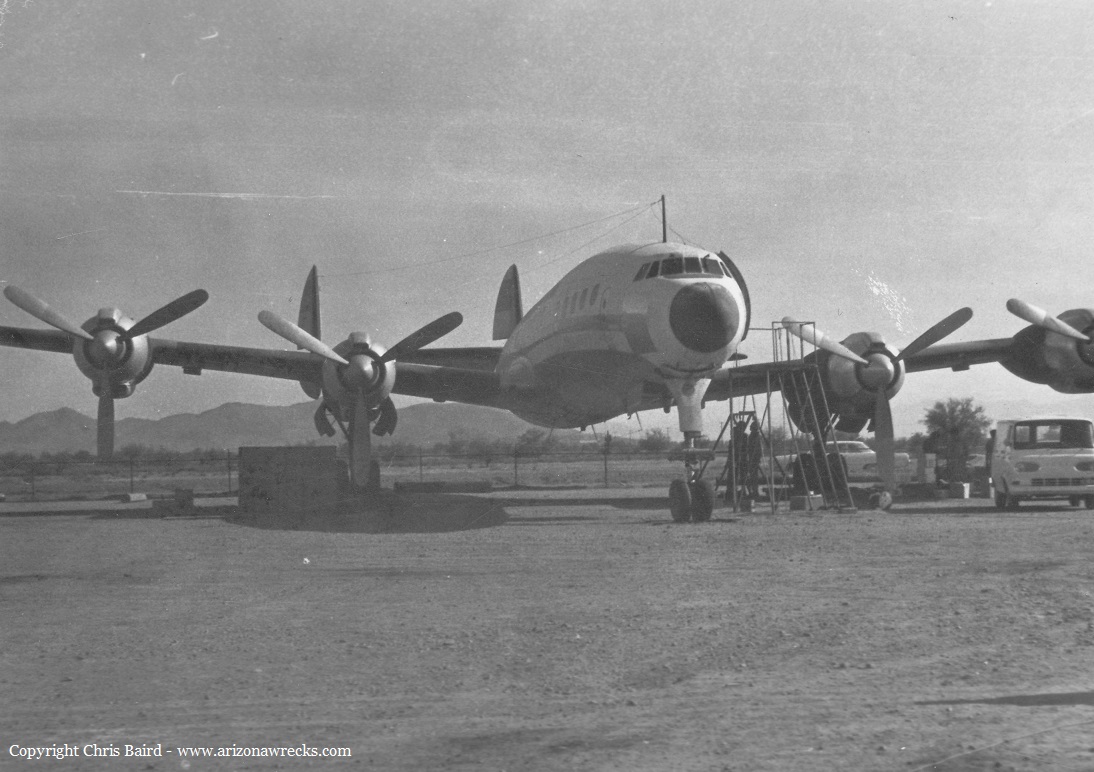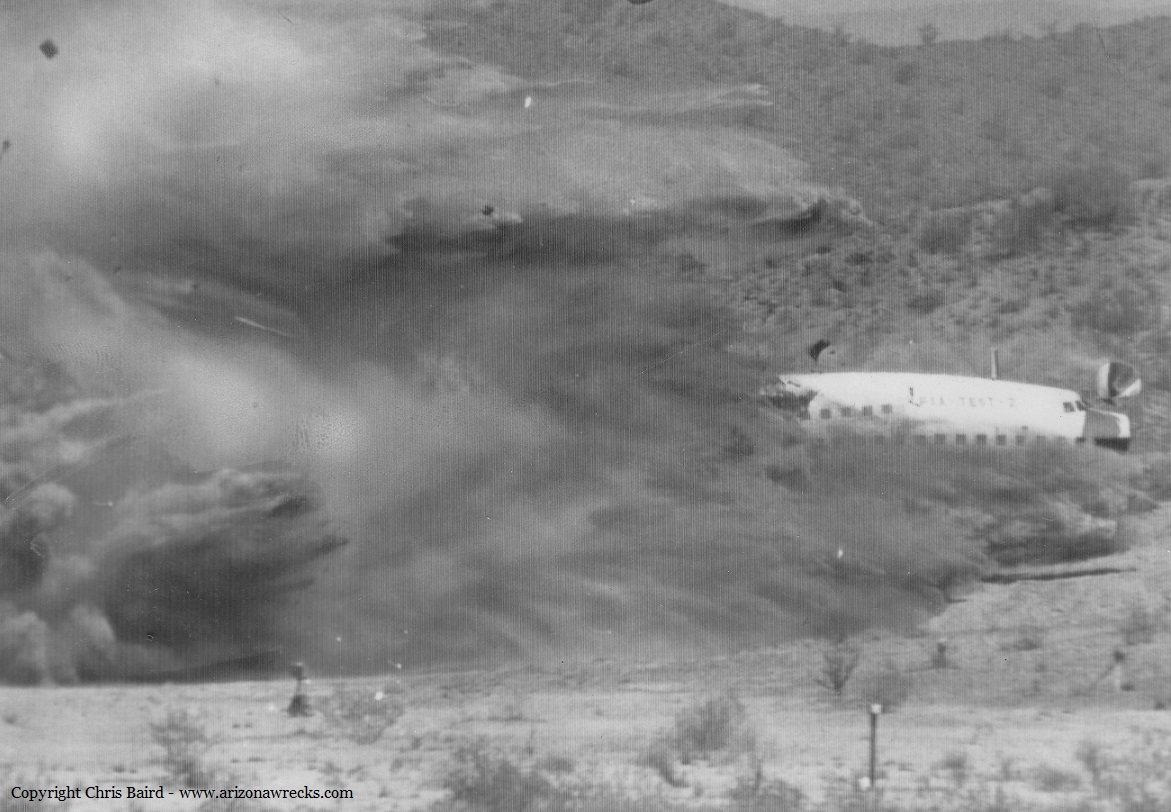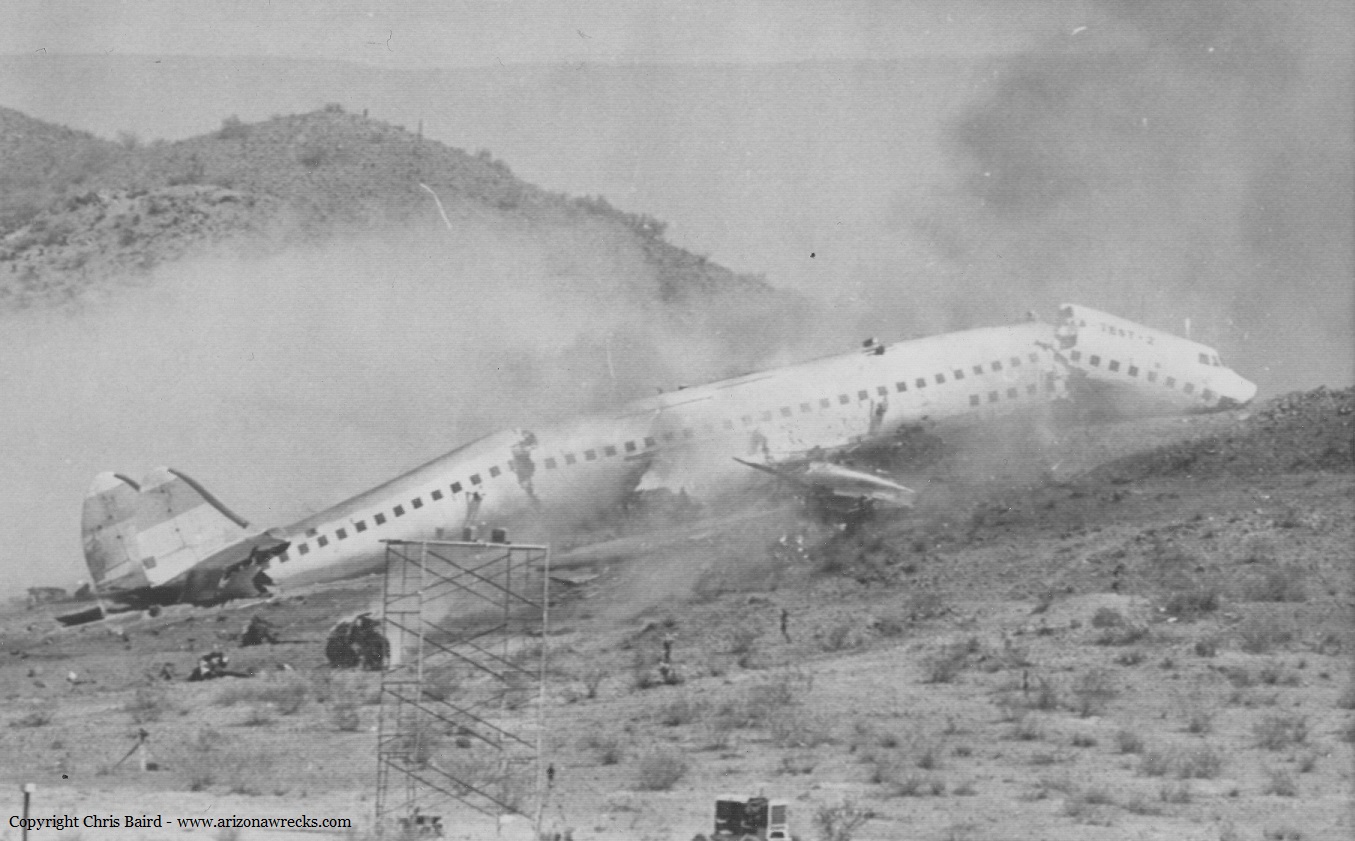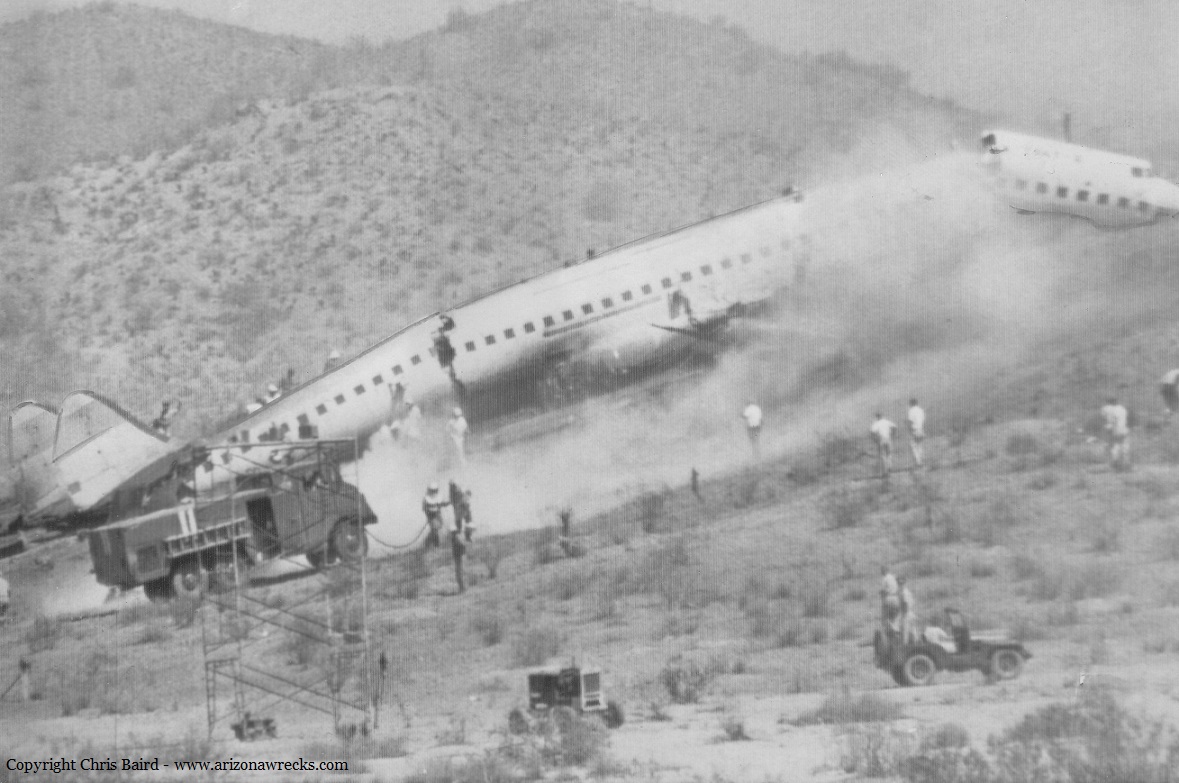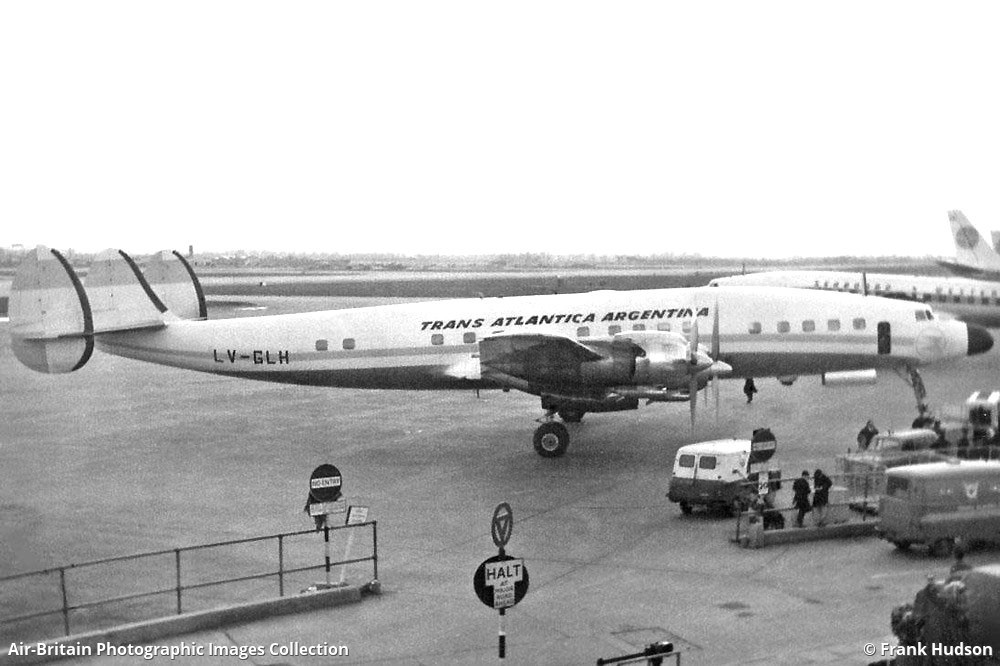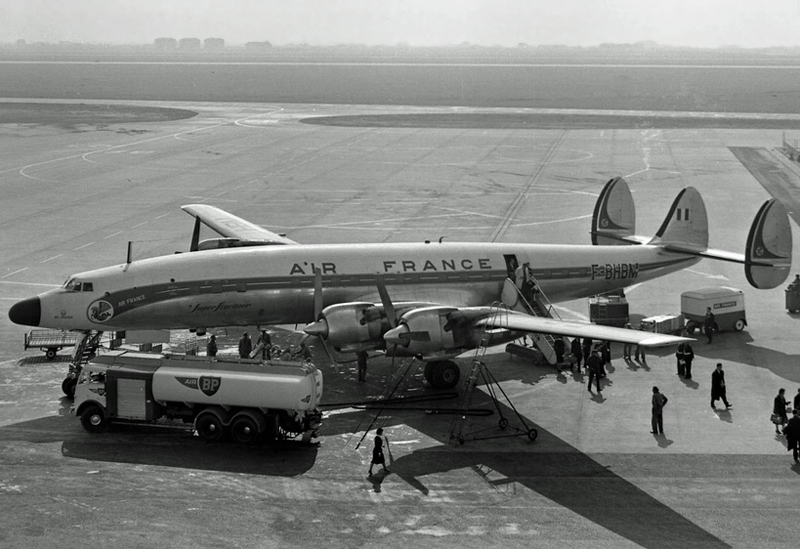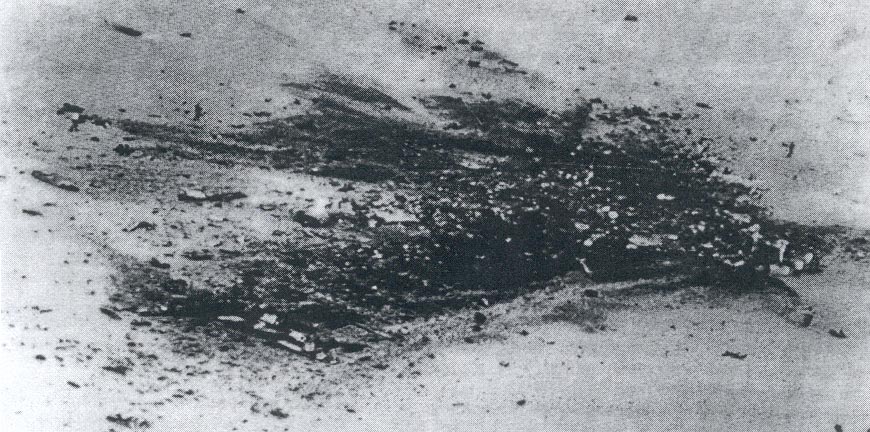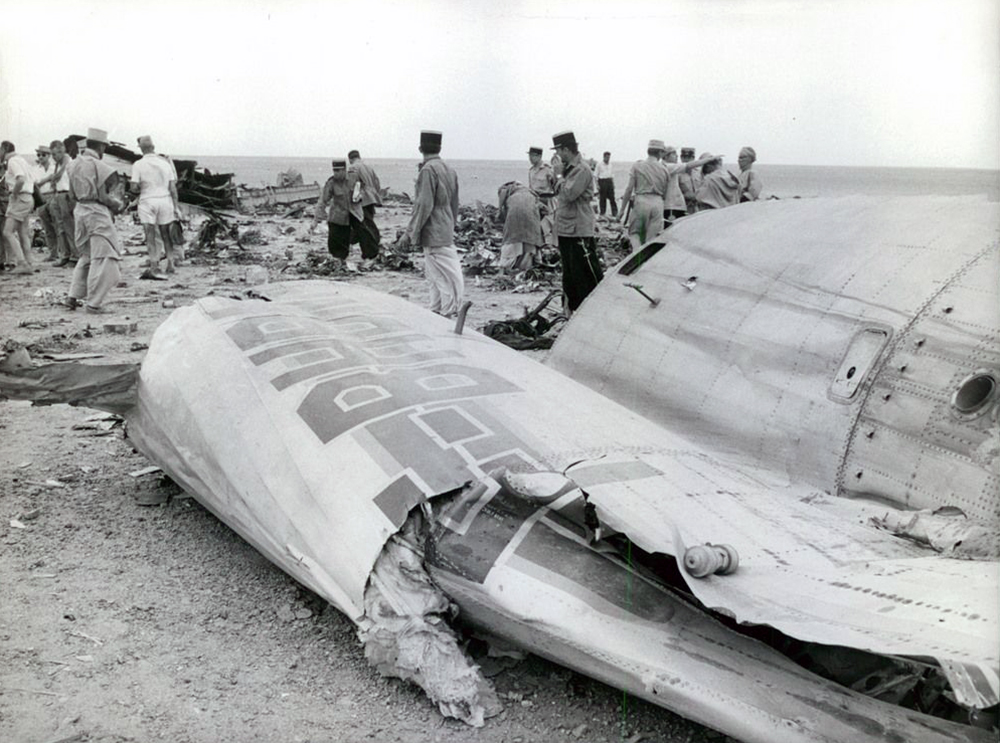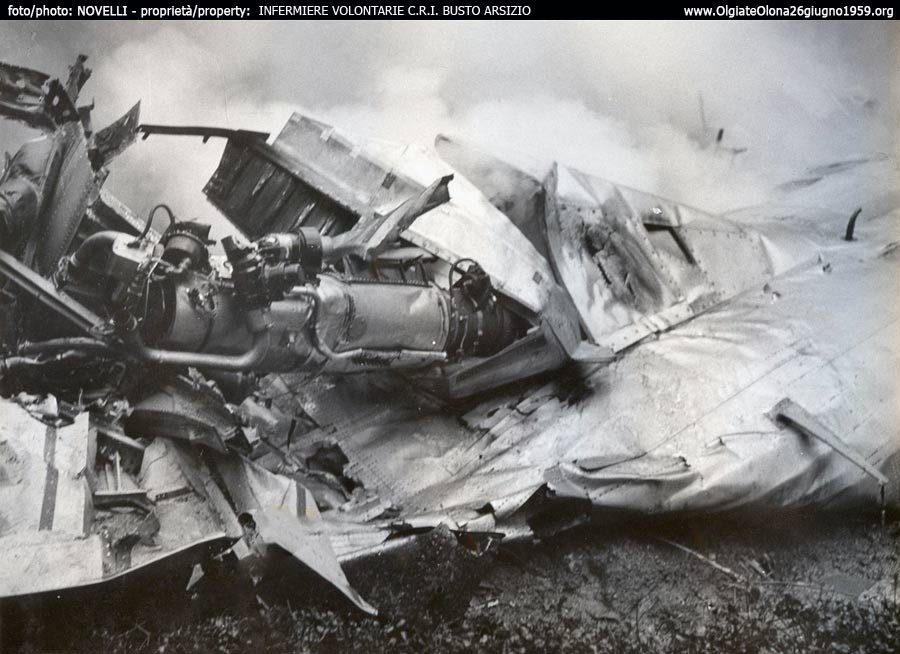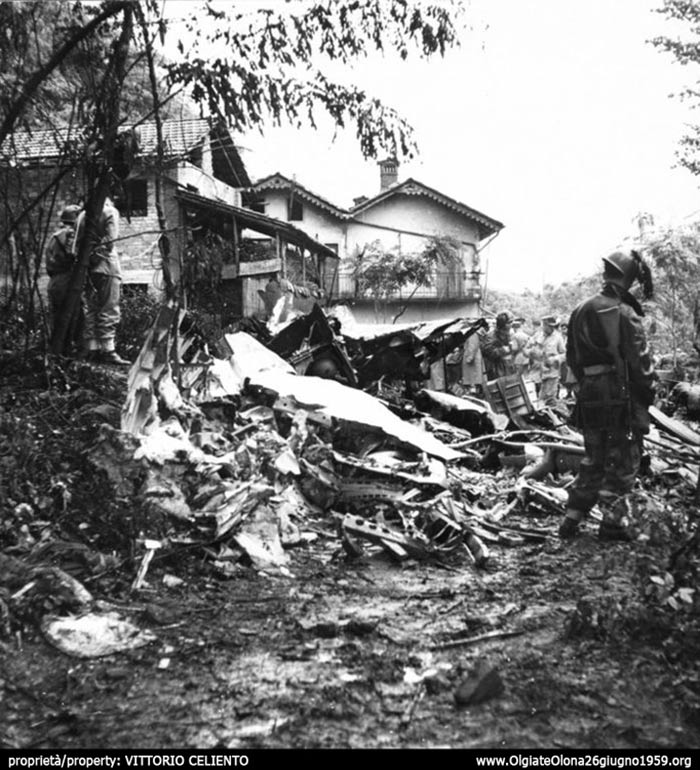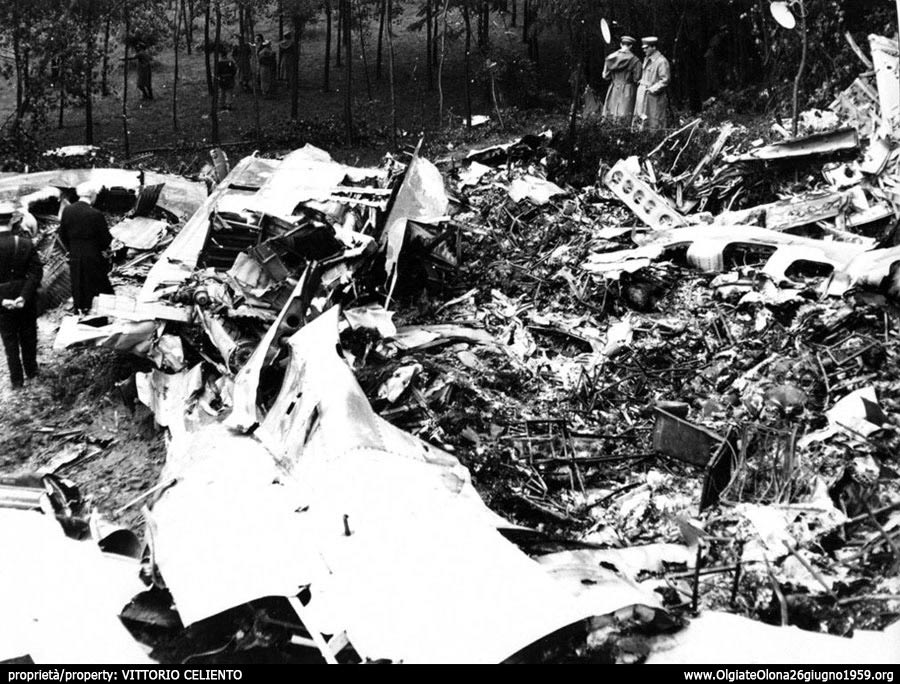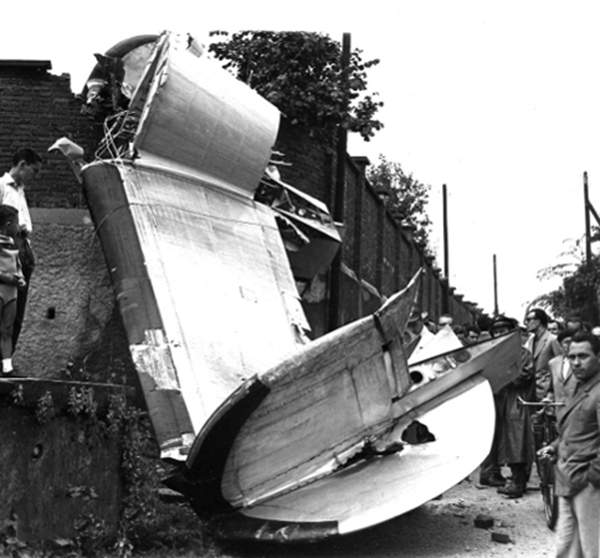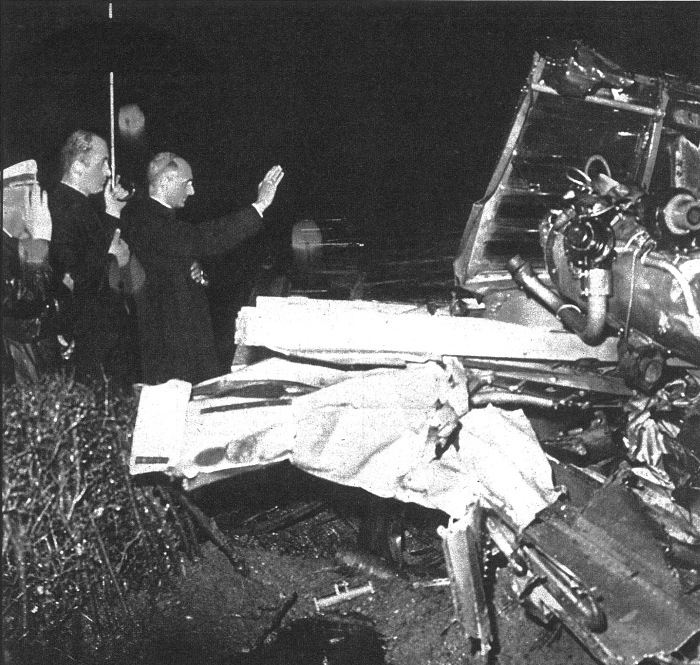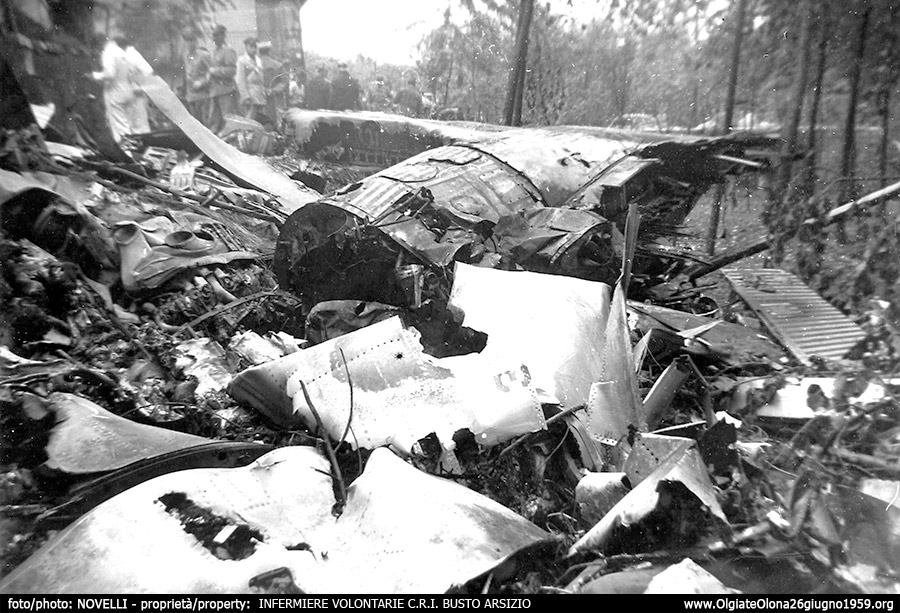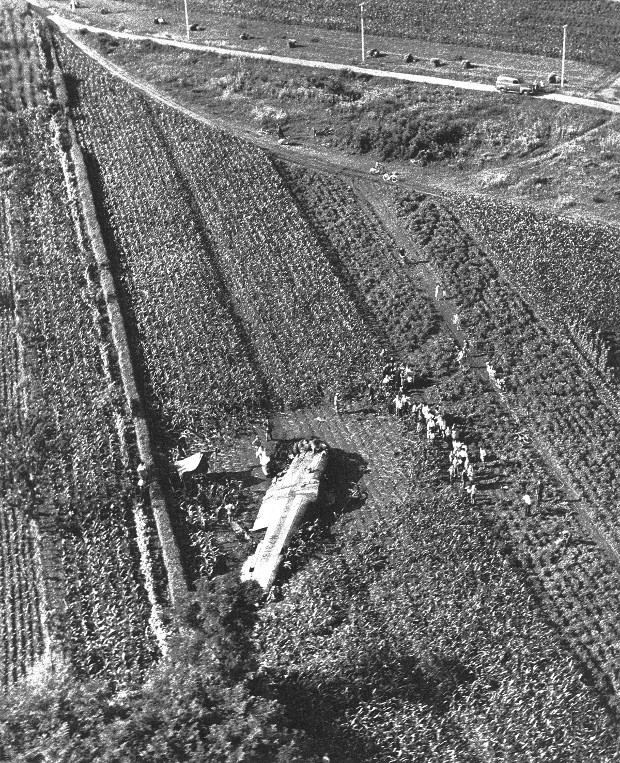Crash of a Lockheed L-1649A Starliner in Isluga
Date & Time:
Mar 26, 1969
Registration:
N7311C
Survivors:
Yes
Schedule:
Lima – Montevideo
MSN:
1013
YOM:
1957
Crew on board:
3
Crew fatalities:
Pax on board:
0
Pax fatalities:
Other fatalities:
Total fatalities:
0
Circumstances:
The aircraft was completing a cargo flight from Lima to Montevideo, carrying a load of cigarettes and whiskey. En route, the crew encountered problems with the engine number two and elected to return to Lima when the engine number one caught fire shortly later. The captain decided to attempt an emergency landing in a desert area located near Isluga, near the Chili-Bolivia border. Upon landing, the left wing was torn off and the airplane came to rest, broken in two. All three crew members were uninjured.
Probable cause:
Engine failure.
